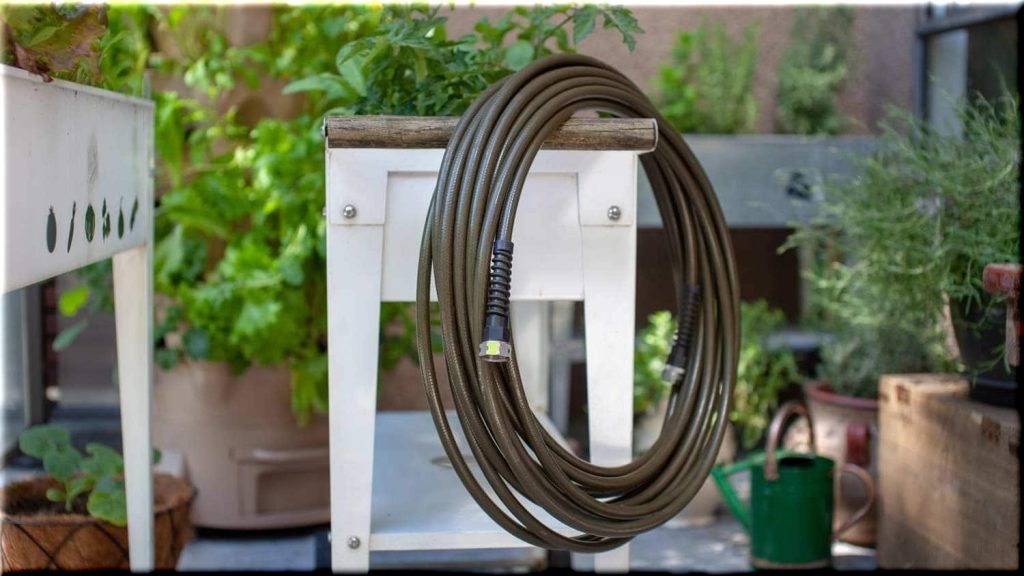Garden
Garden Hose Fitting Sizes: Understanding The Basics
You’re eager to get your hands dirty in the garden, but you’re met with a frustrating problem – your hose doesn’t fit your sprinkler! Or worse, it leaks like a sieve. This is often because of those crucial, yet often overlooked, parts called garden hose fittings. Understanding garden hose fitting sizes is essential for a smooth watering experience and preventing frustrating leaks.
Understanding Garden Hose Fitting Sizes: The Basics
Let’s dive into the world of garden hose fittings and demystify their sizes. The most common garden hose sizes in the United States are 3/4 inch, 5/8 inch, and 1/2 inch. But what does this mean for you? Essentially, the number refers to the inner diameter of the hose and its fittings. A 3/4 inch hose has a larger opening, allowing for greater water flow and pressure. This makes it perfect for tasks like watering large gardens or washing your car. On the other hand, a 1/2 inch hose with a smaller opening is ideal for smaller jobs like watering delicate flower beds or using a drip irrigation system.
You’ll also come across different types of fittings – standard, quick connect, and threaded. Standard fittings are simple male/female threads that connect two hoses. Quick connect fittings are convenient, snapping together easily for quick attachment and detachment. Threaded fittings use a GHT or NPT standard, which is crucial for connecting hoses to specific spigots or accessories.
And here’s a crucial bit of information: garden hose fittings have a gender! Male fittings have threads on the outside while female fittings have threads on the inside. Remember, you need one male and one female fitting to create a secure, leak-proof connection.
Measuring Garden Hose Fitting Sizes
Identifying the size of your garden hose is the first step to selecting the right fittings. Check the hose packaging or the hose itself for markings that indicate the size. Keep in mind, these markings usually refer to the inner diameter, which is the opening within the hose.
Once you’ve determined your hose size, make sure your fittings match. Using incompatible fittings can lead to leaks or a loose connection. For example, if your hose is 3/4 inch but you try to attach a 5/8 inch fitting, it won’t seal properly and you’ll have a messy situation on your hands.
Common Garden Hose Fittings and Their Uses
Standard fittings are the most common, acting as the workhorses of connecting hoses and accessories. You’ll find them connecting hoses to water sources and attaching sprinklers, spray nozzles, and other tools.
Quick connect fittings are popular for their convenience. They offer quick attachment and detachment, perfect for using handheld spray nozzles or changing attachments frequently.
Threaded fittings are crucial for securing hoses to specific spigots or accessories. You’ll often find them used with drip irrigation systems, water timers, or other specialized equipment.
Choosing the Right Garden Hose Fitting for Your Needs
When selecting the right garden hose fitting, consider your water source, your watering needs, and your equipment.
Water Source: Match your fitting size to your spigot or hose bib. Spigots are typically either 3/4 inch or 1/2 inch.
Watering Needs: If you’re watering a large area like a lawn or washing your car, choose a larger fitting for optimal water flow. For smaller, more delicate watering tasks, use a smaller fitting to avoid overwatering.
Equipment: Ensure that your fittings are compatible with your sprinklers, spray nozzles, and other accessories.
Tips for Installing Garden Hose Fittings
Installing garden hose fittings is a simple task once you’ve got the basics down. First, ensure proper alignment of the male and female threads before tightening. If you’re working with smaller fittings, use a wrench to secure them firmly, but avoid overtightening, which can damage the fitting. Always use thread seal tape on male threads to create a watertight seal and prevent leaks.
Troubleshooting Garden Hose Fittings
Garden hose fittings are generally reliable, but leaks can occur. Leaking fittings can be caused by a worn-out washer, damaged threads, or overtightening.
If you’re dealing with a leak, the easiest solution is to replace the faulty fitting. Tightening the fitting may work temporarily, but it’s best to replace it to ensure a lasting solution. Thread seal tape can also be used to prevent leaks.
FAQ
What is the most common garden hose fitting size?
The most common garden hose fitting size is 3/4 inch.
How do I know if I have the right size fitting?
Check the hose or its packaging for size markings, which will typically indicate the inner diameter. Make sure the fitting size matches your hose size.
Can I use adapters for different size fittings?
Yes, adapters are available to connect fittings of different sizes.
How do I install a garden hose fitting?
Align the male and female threads before tightening. Tighten securely but avoid overtightening. Use thread seal tape on the male threads.
What should I do if my fitting is leaking?
Replace the faulty fitting with a new one. Tightening or using thread seal tape may work temporarily, but replacing the fitting ensures a lasting solution.
Conclusion
By understanding garden hose fitting sizes and using the right types of fittings, you’ll enjoy a hassle-free watering experience. If you have any further questions or need advice on garden hose fittings, leave a comment below! Happy gardening!
Goodxtop


